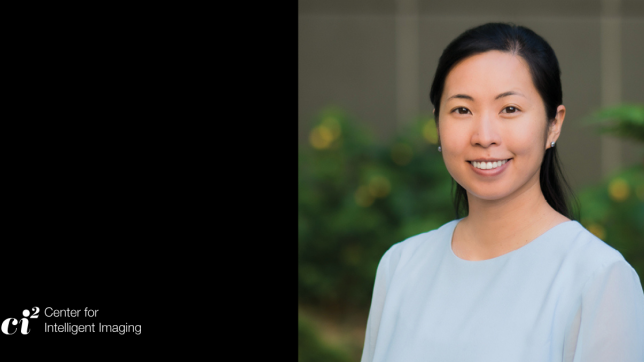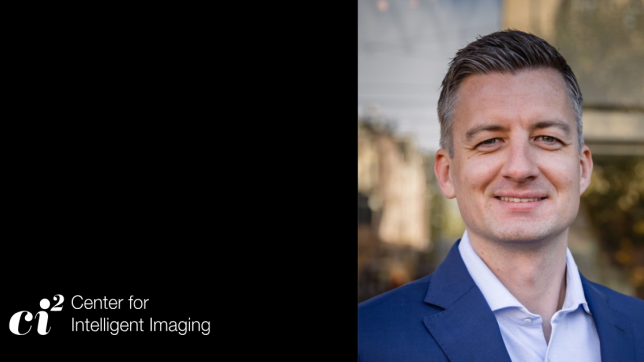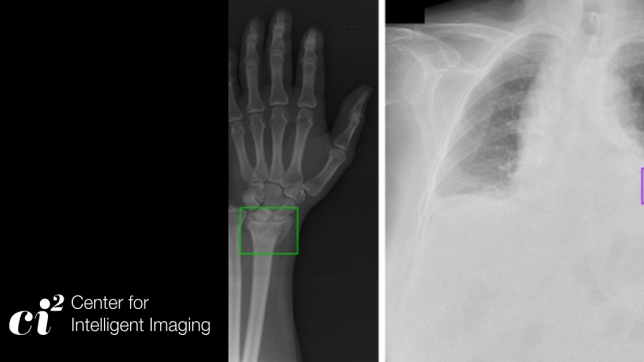A team from the University of Southern California, the University of Texas at Austin, and the Center for Intelligent Imaging (ci2) at UC San Francisco investigated deep learning-based image segmentation methods of malignant bone lesions on Computed Tomography (CT) and Magnetic Resonance Imaging (MRI).
The researchers share their conclusion in "Deep learning image segmentation approaches for malignant bone lesions: a systematic review and meta-analysis," published in Frontiers. UCSF ci2's Brandon K.K. Fields, resident at the UCSF Department of Radiology and Biomedical Imaging, is an author of the study.
The researchers performed a systematic review and meta-analysis of 41 articles published between February 2017 and March 2023 in PubMed, Embase, Web of Science and Scopus electronic databases.
"Deep learning methods show promising ability to segment malignant osseous lesions on CT, MRI, and PET/CT," the authors write. The investigators also note data augmentation, U-Net architecture modification and preprocessing to reduce noise as strategies to help improve performance.
"While other reviews have investigated similar segmentation performance tasks applied to various lesions or whole organs, to the best of our knowledge, ours is the first to focus on deep learning techniques applied specifically to lesions of the bone," writes Rich et al.
Additional co-authors include:
- Joseph M. Rich of the University of Southern California, Los Angeles
- Lokesh N. Bhardwaj of the University of Southern California, Los Angeles
- Aman Shah of the University of Southern California, Los Angeles
- Krish Gangal of the Bridge UnderGrad Science Summer Research Program at Irvington High School
- Mohitha S. Rapaka of the University of Texas at Austin
- Assad A. Oberai of the University of Southern California, Los Angeles
- George R. Matcuk Jr. of Cedars-Sinai Medical Center
- Vinay A. Duddalwar of the University of Southern California, Los Angeles
To read more about news and research from UCSF Ci2, visit our blog.



